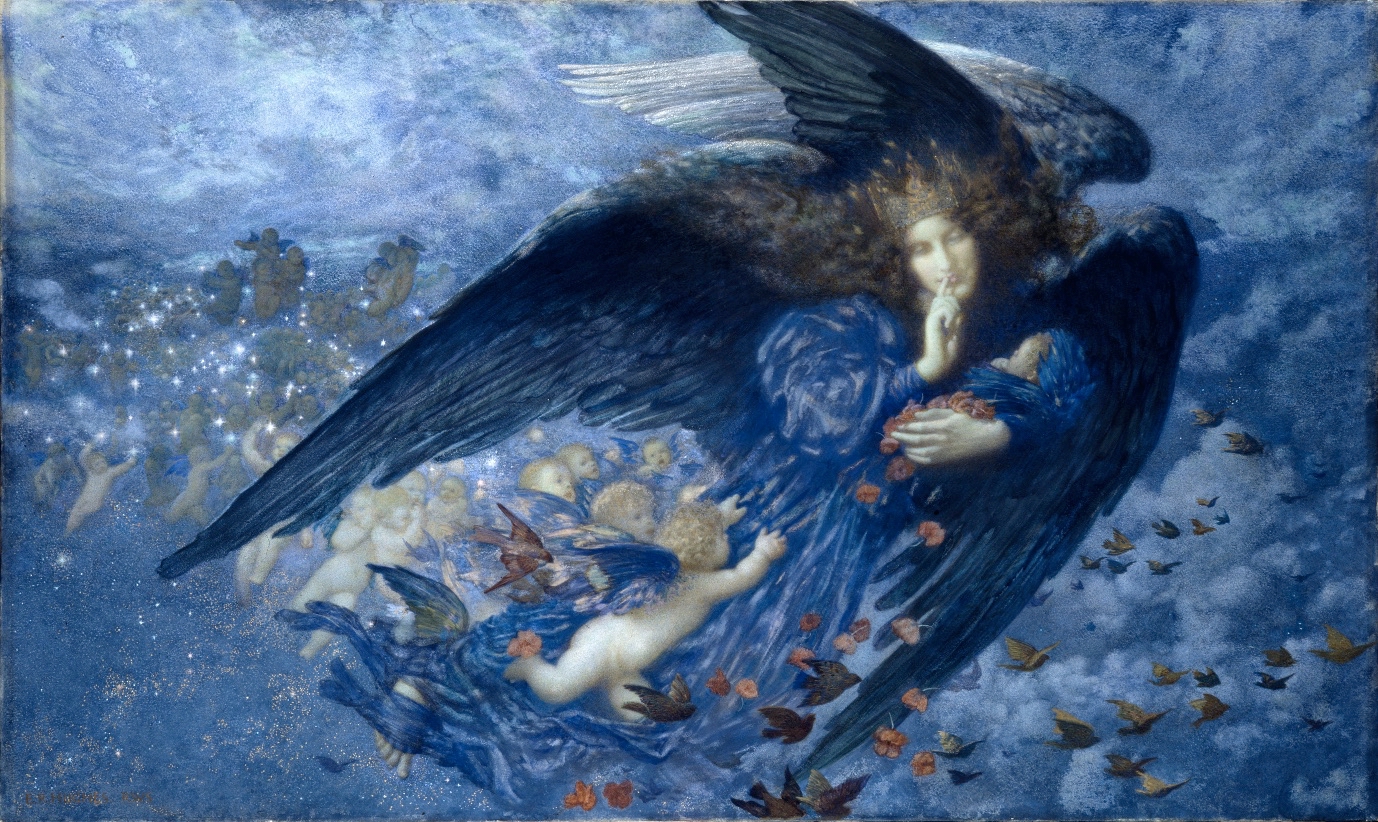
LIFE AS MYTH
![]()
JOURNAL
![]()
JOURNAL 2007
![]()
Following a white hart
Exploring myth & meaning
![]()
AUTUMN 2007
Following a white hart
Index 2007A fool, a cup, and a wounded fisher king
St. Brendan and the mermaid at Clonfert
![]()
LIFEWORKS
![]()
ATLAS
![]()

AUTUMN 2007
THE LEGEND OF BOANN AND DAGDA
Boann and Dagda are deities of the Tuatha Dé Danann, the God-like ancestors of the Celts. Boann is a fertility goddess associated with the River Boyne. Boann means Illuminated One of the sacred White Cow. Her mate is the powerful Nuada (also known as Elcmar or Nechtan), who was keeper of the sacred well. Dagda, which means All father, is the god of abundance. He possesses three magic objects. The living harp with which he controls the seasons and the weather. The cauldron of endless abundance. A two-headed club which can both create and destroy. His mate is the fearsome triple goddess of war, the Morrigan.
The Irish legend goes that Dagda and Boann fell in love at first sight. In order to be with Boann, Dagda understood he must first separate her from the ever-watchful eye of Nuada, her mate. Samhain was close at hand, a time of enchantment, a time when the veil grows thin. Knowing this, Dagda arranged to meet Boann at the gateway between worlds on the first sunset of Samhain. When that day arrived, the two lovers met and, joining hands, stepped through the veil. By the next morning Boann carried the promise of a child inside her.
Fearing the retaliation of Nuada, Dagda found a way to conceal the pregnancy. He took out his magic harp and played. His music so bewitched time that it stopped its forward motion. In this way, nine months expired in the Otherworld, while in the mortal world, only one day actually passed.
Boann gave birth to a son and named him Angus, which means ever young. Destiny had marked this child for great things. He would become a healer of souls, the god of love and poetry and ecstasy. However, knowing that it was dangerous for them to raise their son together, Boann and Dagda separated the next day and the fairy folk carried the baby Angus to a secret place far, far away.
Night with her train of stars. Edward Robert Hughes. 1912. Birmingham Museum and Art Gallery, UK.

